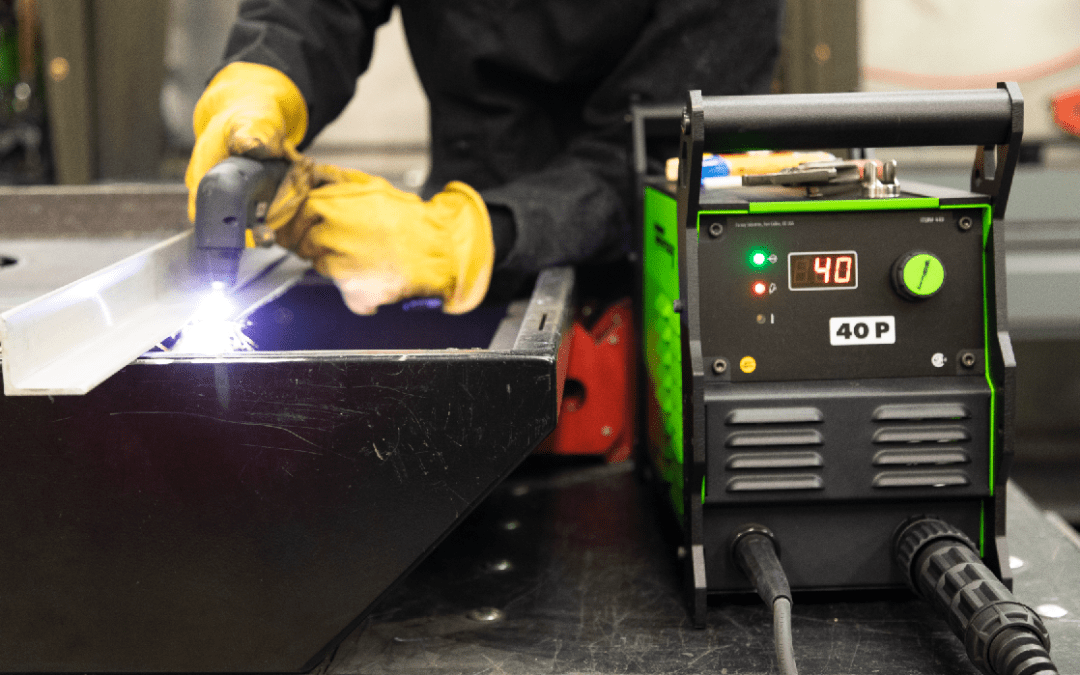FREE DELIVERY FOR WELDING*
* On Business Days - Purchases $100 or More
2.5% OFF By paying with Check, Wire or ACH
Online and Call-Ahead Orders
* Minimal Purchase Price $100
Manufacturing the COVID-19 economy

With much uncertainty and even bits of chaos in the manufacturing industry, there are many doubts about the future of manufacturing in America. The potential of digital advertising and online business has skyrocketed globally, as new strategies for companies to reach their customers have made a tremendous opportunity in industry. On top of this, new supply chain disruptions have made operations managers rethink what the word “international” truly means. In the machinery market, there have been many setbacks and delays due to both regulations and to slower productivity. Here's our take on what to make of it:
According to Digital Manufacturing Ecosystem company, Fictiv, 97% of people say COVID has created business opportunities. Technology that was once seen as unable to be adopted has now showed its true potential. In the same survey, 96% of participants said that they were working to increase supply chain agility, as 41% of production times have lengthened as a result of COVID-19’s market disruption. Wherever tasks can be made easier, cheaper, or faster in this new environment there will be an increase in value. Given that companies are moving to adapt to the new environment, the ominous question we’re all asking here is – how long will these new adaptations continue to work?
The Pandemic in Machinery
With many companies working from various countries, including China, Japan, Germany & Italy, machinery has seen a slight favoring to in-house stock-keeping. This means either overstocking in the country where the machines are to be sold, or manufacturing the machines themselves in the country of sale as well. In the USA, locally-owned machinery companies are starting to see a leg-up in terms of their competition, in terms of lead time and costs. Even at Direct Machines, we have seen some of our company’s vendors making it a point to improve their supply chain by making machines much moreaccessible here in the US, regardless of what country it originally came from.
Will there be a Credit Crunch from COVID-19?
Since we’re unaware of the exact financials in the industry right now, it’s tough to say how much cash flow will be left in the industry once the dust settles. We do, however, know that if the government yields to provide incentives for small shops to produce products in the USA, then there will be some credit issues in this particular industry. With historically low interest rates comes the unavailability for lenders to lend, as the motivation to extend risk is greatly diminished. Alongside the pandemic, only essential manufacturing processes will continue to work effectively, as all others that do not adopt a new model of supply chain and digital marketing may fall victim to a rapidly changing environment.
Is there a future in US manufacturing?
Given this is an unprecedented time in manufacturing, there is no real ability to predict what’ll happen next. However, with skepticism about a “second wave” of COVD-19, manufacturers have been more reluctant to take on newer, bigger risks. If this coming fall season sees a hopeful light for the pandemic, then maybe the markets will move in favor of manufacturing in the US. Regardless of the outcome, businesses are more acutely aware to the risks that they manage. Having supply chains primarily overseas will be looked at as a greater systematic risk than previously seen, and manufacturers will look to mitigate that risk wherever possible. In sum – we may see that manufacturing will come back to the US after this pandemic has moved past us.
The Effects of Increasing Local Manufacturing in the US
If there is a surge in manufacturing in the US post-COVID era, then that could mean a few things:
- Due to higher labor costs in the US, a rapid surge in demand for supply chain automation will occur locally.
- With greater manufacturing in-country, greater calls for regulations on carbon footprints and greenhouse emissions will ensue.
- A brain-gain of new hires to the manufacturing industry will occur over a long period of time, if markets become a lot more skeptical about supply chains done overseas. Newer, tech-saavy individuals will replace management in order to solve more complex problems and to gain greater leverage with automation.
- Virtually performed labor, such as web development, marketing, sales etc. will continue to be outsourced wherever possible. As a result, countries such as India—where technological skills are commonplace and labor is cheap—may see enormous growth with the new increases in demand for their services.
However, there is just too much uncertainty in the market to tell anything definitively. In a matter of an election or a swift policy change, all this speculation could be blown out the door in a matter of hours. Needless to say, being on top of what is going to happen next is of utmost importance to our entire industry, and being on top of the future rather than behind it can lead to monumental for your business.
If you are looking to get onboard with the next era of machinery, please visit us at https://directmachines.com/ and see what new machinery can do for your production facility. We are constantly looking to expand our product lines, and want to make the best buying experience in the industry. Alternatively, if you have any questions about this article or Direct Machines in general, please don’t hesitate to reach out to us at (781) 937-5655 or send me (Drew) an email at [email protected].
Sources
- fictiv, 2020 State of Manufacturing Report: https://www.fictiv.com/resources/2020-state-of-manufacturing-report




